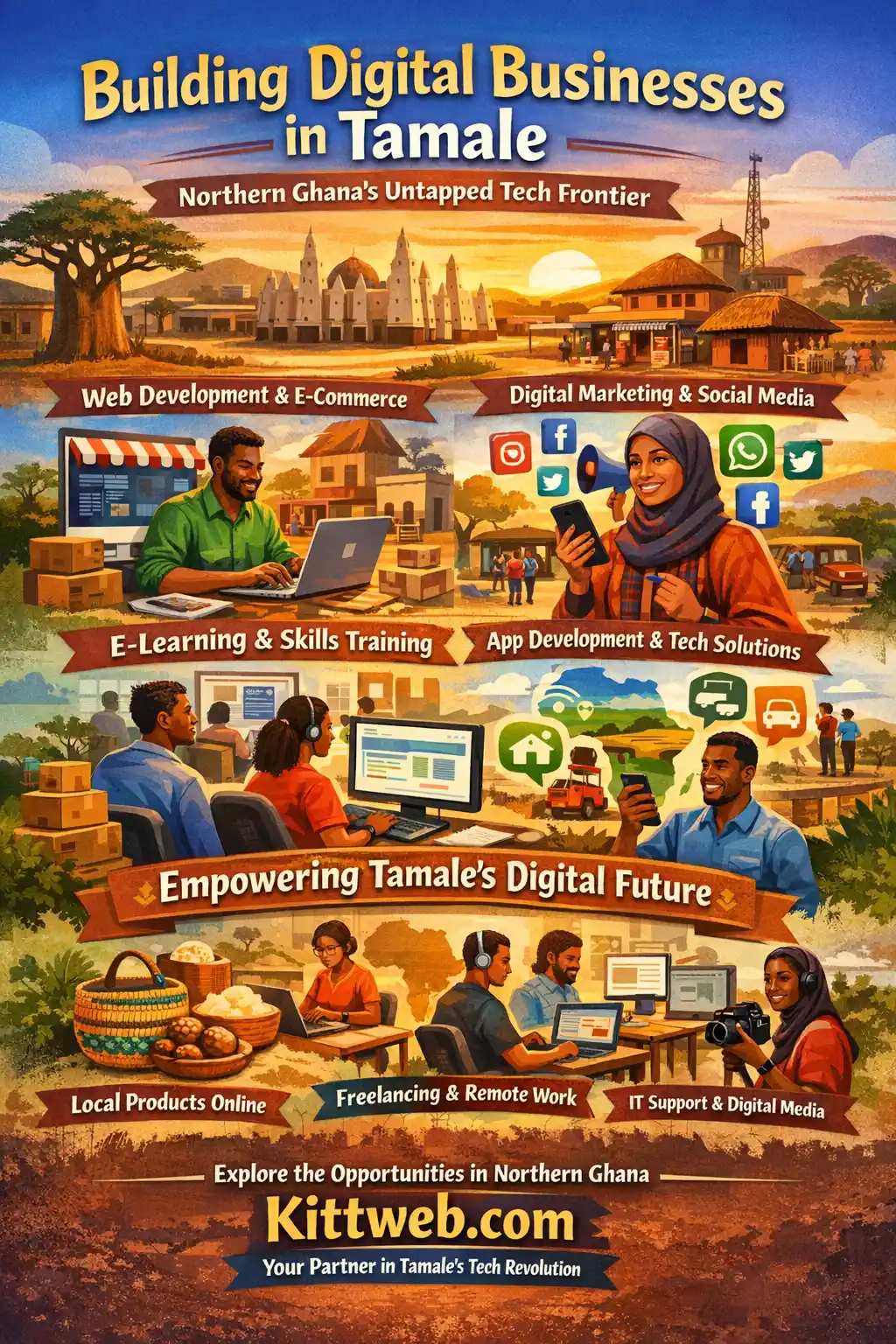TSMC AI Chips, From kingmaker to underdog: How TSMC lost its dominance in the AI chip race. Explore the geopolitical gambles, rival foundries, and strategic blunders that reshaped Silicon Valley’s power grid.
TSMC AI Chips: The Fall of a Silicon Titan
For decades, TSMC reigned as the undisputed foundry emperor, forging chips for Apple, NVIDIA, and AMD. But as the AI gold rush exploded, its grip slipped. Samsung, Intel, and even China’s SMIC are now gnawing at its throne. How did the world’s most advanced chipmaker lose its edge in the era of AI? The answer is a perfect storm of politics, pride, and miscalculation.
(Resonating Question: Can a company that powers 90% of advanced chips still lose the future?)
1. Geopolitical Quicksand: Taiwan’s Double-Edged Sword
TSMC’s home base in Taiwan once guaranteed stability. But rising U.S.-China tensions turned its factories into geopolitical hostages. Fearing a blockade or invasion, Apple, Google, and Amazon began diversifying orders to Samsung (Korea) and Intel (U.S.). The U.S. CHIPS Act accelerated this shift, pouring $52B into reshoring production—with TSMC’s Arizona plant lagging amid labor disputes.
(Resonating Question: Is TSMC’s fate tied to a Taiwan conflict it can’t control?)
2. The Rise of the “Chiplet” Revolution: NVIDIA’s End-Run
TSMC bet big on monolithic 3nm AI chips. But NVIDIA’s H100 GPU, built on cheaper 4nm “chiplets,” proved faster and more flexible. By slicing designs into modular blocks, NVIDIA reduced reliance on TSMC’s bleeding-edge nodes. Meanwhile, Intel’s 18A and Samsung’s 2nm Gate-All-Around (GAA) lured startups with hybrid pricing models.
(Resonating Question: Did TSMC’s obsession with “smaller transistors” blind it to the AI chiplet boom?)
3. SMIC’s 5nm Ambush: China’s Forced Hand
U.S. sanctions banned TSMC from supplying Huawei. But SMIC’s shock 5nm breakthrough—using smuggled ASML DUV machines—let Huawei’s Ascend AI chips claw back market share. While SMIC’s yields lag, China’s $150B semiconductor fund ensures relentless progress. TSMC now faces a two-front war: high-end rivals and a sanctions-proof Chinese rival.
(Resonating Question: Did U.S. sanctions accidentally create TSMC’s worst nightmare?)
4. The Hyperscaler Exodus: Google, Meta, and Amazon Go Rogue
Why outsource when you can DIY? Google’s TPU v5 and AWS’s Trainium chips now bypass TSMC entirely, leveraging Samsung and Intel for custom AI workloads. Hyperscalers account for 35% of AI chip demand—and their defection gutted TSMC’s growth forecasts.
(Resonating Question: Is the age of “pure-play” foundries over?)
5. The $1 Trillion Miscalculation: Underestimating AI’s Speed
TSMC CEO C.C. Wei called AI a “long-term wave.” But OpenAI’s ChatGPT and Sora sparked a 12-month supercycle, draining TSMC’s 5nm/4nm capacity. Rivals pounced: Samsung slashed prices, Intel offered co-design partnerships, and SMIC prioritized Huawei. TSMC’s rigid pricing and “Apple-first” pipeline left AI clients stranded.
(Resonating Question: Can TSMC pivot fast enough to reclaim its AI crown?)
What’s Next? 3 Paths for TSMC’s Comeback
- Double Down on 2nm: Beat Samsung/Intel to next-gen GAA nodes.
- Embrace Chiplets: Launch a TSMC-led chiplet ecosystem to rival NVIDIA.
- Surrender Sovereignty: Let the U.S. or EU acquire a stake to secure subsidies.
(Resonating Question: Will Moore’s Law survive without TSMC’s leadership?)
Conclusion: A Silicon Phoenix or a Cautionary Tale?
TSMC’s stumble isn’t just about chips—it’s a warning about overcentralization in a fractured world. Yet with $44B earmarked for 2024 R&D, the battle isn’t over. As AI demand doubles yearly, TSMC’s next move could redefine Silicon Valley’s power map.
Craving more tech warfare? Uncover the backstory in Huawei’s 6G Chip & SMIC’s 5nm Shockwave or dive into The U.S.-China Chip War: Who Really Holds the Silicon Sword?.
Engage with Us!
- Can TSMC out-innovate Samsung and Intel?
- Will AI chips force a U.S.-Taiwan alliance?
Comment, share, and join the debate below!




0 Comments